Language Matters
Language used in communication about sex trafficking requires careful consideration; language is never neutral. The ways that media and their sources represent trafficking can influence the ways that audiences understand and respond to the issue and to its victims. It is important to avoid language that sensationalizes or trivializes the issue, misrepresents the issue, or blames and stigmatizes trafficking victims and survivors.
As a starting point for reporting on the issue, it is helpful to know and to provide audiences with the legal definition of sex trafficking (including the laws in your state).
Journalists will encounter sources (including documents) that equate human trafficking with slavery and the individuals and organizations that combat it with abolitionists. Others will avoid those terms. These are deliberate rhetorical choices worth exploring. Ask sources to explain what informs and motivates their particular position, and where appropriate, communicate that context to audiences.
Further, journalists should avoid conflating sex trafficking and adult, legal sex work. While some sources view all commercial sex work as exploitive and abusive, it is evident that individuals do choose to engage in sex work for a host of reasons, including circumstance. It is also true that an individual can experience both sex work and sex trafficking in their lifetime. Ask your sources to explain their use of these terms. As one option, journalists could choose to refer to consensual and nonconsensual sex work, and follow with explanation.
Below, we provide some additional examples of terms, some of them contested, followed with alternatives for responsible reporting about the issue of sex trafficking.
Instead of using:
Use: Victim/survivor of child sex abuse, trafficked minor, prostituted minor, commercially sexually exploited child (CSEC)
Why: By law, there is no consent or choice when the victim is a minor. Thus “child prostitute” is an inaccurate term; it and terms like it criminalize and stigmatize trafficking victims.
Use: Sex buyer
Why: These terms obscure the role of purchaser in commercial sexual exploitation and legitimate trafficking. “Sex buyer” or “purchaser of commercial sex acts” more accurately describes the circumstances.
Use: Leave, exit, or assist
Why: Trafficking victims may not feel as if they need to be “saved,” but they may need assistance to exit and recover from trafficking. “Rescue” elevates the individual or organization providing assistance while it disempowers trafficking victims. Importantly, these words can reproduce the power dynamic a trafficked individual may have experienced with an abuser. Read more in Take Off the Cape.
Use: Trafficker
Why: “Pimp” glamorizes traffickers/trafficking and misleads audiences about criminal behavior.
Use: Sold for sex, trafficked, prostituted
Why: “Pimped out” could inadvertently glamorize trafficking or minimize its harmful nature.
Use: active voice (“Jones trafficked Smith…”)
Why: Passive voice obscures the trafficker as well as the harmful and coercive nature of trafficking.
Use: child sexual abuse images, child abuse images
Why: By law, minors cannot give consent to commercial sexual exploitation. In addition, experts say that some of these images are in fact photos of adults digitally altered to look like children. In either case, then, “child sexual abuse images” is a more precise term
